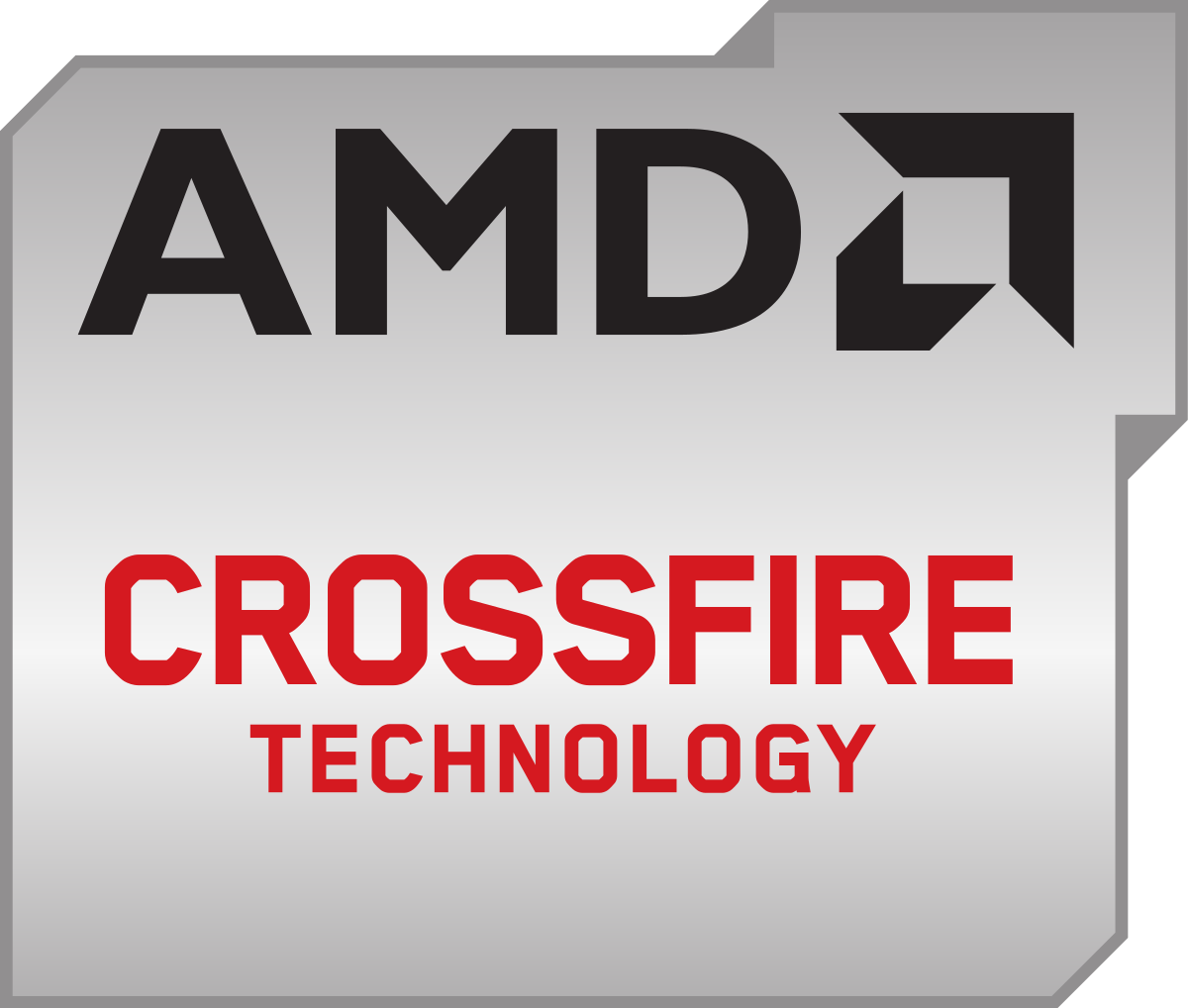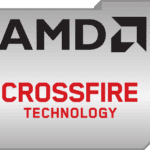For many PC gamers and hardware enthusiasts, CrossFire was once a buzzword that promised massive performance gains. By combining the power of multiple graphics cards, CrossFire aimed to deliver smoother gameplay and higher frame rates. But today, it’s rarely discussed.
So what exactly is CrossFire—and does it still matter in 2026?
What Is CrossFire?
AMD CrossFire is a multi‑GPU technology that allows two or more AMD graphics cards to work together in a single system. The idea was simple: split the rendering workload between GPUs to improve performance in games and graphics‑intensive applications.
CrossFire was AMD’s answer to NVIDIA’s SLI (Scalable Link Interface).
How CrossFire Worked
CrossFire used several rendering techniques, including:
- Alternate Frame Rendering (AFR): Each GPU renders every other frame
- Split Frame Rendering (SFR): The frame is divided into sections processed by different GPUs
- SuperTiling (early versions): Frames divided into tiles assigned to GPUs
In theory, this could nearly double performance. In practice, results varied widely depending on game support and driver optimization.
Why CrossFire Was Popular
During its peak (roughly mid‑2000s to early 2010s), CrossFire appealed to enthusiasts because:
- High‑end GPUs were extremely expensive
- Games were less CPU‑limited
- Driver‑level optimizations handled multi‑GPU scaling
- Benchmark gains were often impressive on paper
For users running ultra‑high resolutions or multiple monitors, CrossFire offered a path to higher performance.
The Problems with CrossFire
Over time, several issues became hard to ignore:
1. Inconsistent Performance
Many games showed:
- Poor scaling
- Microstutter
- Frame pacing issues
Two GPUs didn’t always feel smoother than one, even if frame rates were higher.
2. Game‑Specific Support
CrossFire required per‑game profiles. If a game wasn’t optimized, performance could be worse than using a single GPU.
New game releases often launched without proper CrossFire support.
3. Power, Heat, and Noise
Running multiple GPUs:
- Increased power consumption significantly
- Generated more heat
- Required larger cases and better cooling
As single GPUs became more powerful and efficient, these drawbacks became harder to justify.
4. API and Engine Changes
Modern graphics APIs like DirectX 12 and Vulkan shifted multi‑GPU control from drivers to developers. Most developers chose not to implement multi‑GPU support due to complexity and low user adoption.
Is CrossFire Still Used Today?
Short answer: No, not in any meaningful way.
- AMD officially deprecated CrossFire driver support for modern GPUs
- New AMD graphics cards do not support traditional CrossFire
- Very few modern games include multi‑GPU support
- Game engines are optimized for powerful single‑GPU setups
While some DirectX 12 or Vulkan titles technically support explicit multi‑GPU, this is rare and not branded as CrossFire.
What Replaced CrossFire?
Rather than multiple GPUs, the industry moved toward:
- Much more powerful single GPUs
- Advanced upscaling technologies (FSR, DLSS, XeSS)
- Improved CPU‑GPU scheduling
- Ray tracing and AI‑accelerated features
These approaches deliver better performance gains with fewer complications.
Are There Any Use Cases Left?
In niche scenarios, multi‑GPU setups may still exist:
- Professional rendering workloads
- Compute and AI tasks
- Research and simulation environments
However, these setups rely on specialized software—not CrossFire—and focus on compute performance rather than gaming.
Final Thoughts
CrossFire was an ambitious solution to a real problem at the time: limited single‑GPU performance. But as hardware, software, and game engines evolved, its drawbacks outweighed its benefits.
Today, CrossFire is largely a piece of PC hardware history—a reminder of an era when stacking GPUs seemed like the future. In modern gaming and everyday use, a strong single graphics card paired with smart software optimization is the clear winner.







